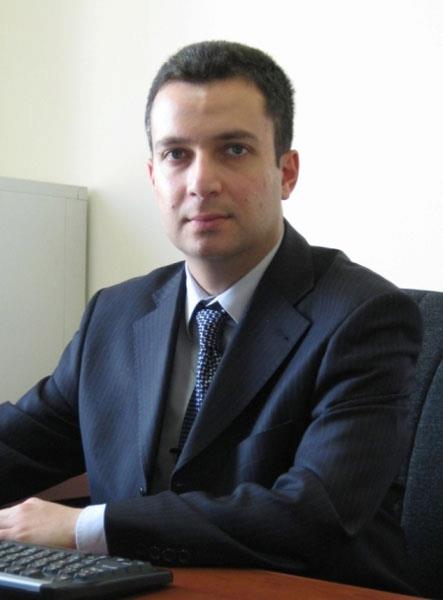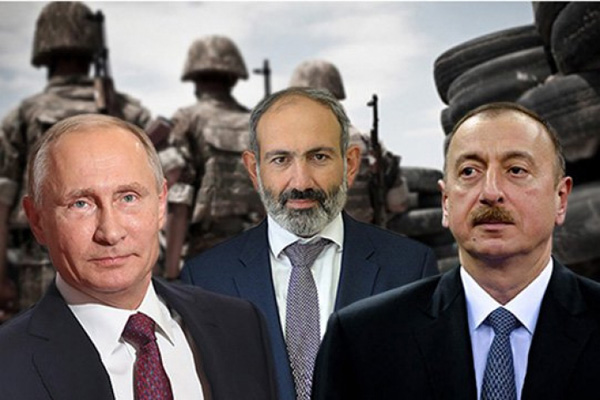When economist Jim O’Neill, then working at Goldman Sachs Group Inc., coined the term BRIC in 2001 to draw attention to solid growth rates in Brazil, Russia, India, and China, few may have anticipated that 22 years later, this term will be the buzz word shaping the global geopolitics. In 2010, BRIC became BRICS as South Africa joined the club, but even then, many were skeptical that a grouping of diverse countries might play a meaningful role in global politics. However, as China transformed itself into a global economic heavyweight, the US declared China as its strategic competitor, and Russia – West relations hit the lowest point since the end of the Cold War due to the Russia – Ukraine war, scholars, experts, and politicians started to actively discuss the emergence of a new, multipolar world order, viewing BRICS as one of its primary pillars.
Nevertheless, doubts still lingered about the potential of BRICS to realize a coherent and consistent policy. Many pointed out the growing tensions between China and India and the burgeoning India – US strategic partnership as one of the obstacles to transforming BRICS into something more than a club of developing economies with different objectives. Conventional wisdom was saying that India, Brazil, and South Africa would not agree to transform BRICS into the competitor of the G7, especially amidst the growing tensions between the West, Russia, and China. Meanwhile, BRICS was becoming increasingly popular among developing countries. On the eve of its 15th summit, the first hosted in person since the onset of the COVID-19 pandemic, 22 countries formally requested to join BRICS.
Probably, the primary driver behind this process was the growing resentment in the Global South against the policy of developed countries. The Indian Minister of External Affairs Subrahmanyam Jaishankar expressed this resentment in the best way during his speech at the 17th edition of the Bratislava Forum in June 2022, stating that Europe had to grow out of the mindset that Europe’s problems were the world’s problems, but the world’s problems were not Europe’s problems. Mr. Jaishankar mentioned Europe, but many in the Global South would use the term
“Collective West” in the same sentence. It directly responded to the West’s policy at the start of the Ukraine war, demanding that everyone follow sanctions against Russia, regardless of the implications for their economy.
Another driving force behind the growing attractiveness of BRICS was the US policy of using the US dollar, the global reserve currency, as a tool for economic coercion and punishment. The economic sanctions imposed on Russia, the freeze or confiscation of Russian assets abroad, and the intensive use of secondary sanctions were warning signs to many outside the collective West that too much reliance on USD makes them vulnerable to the political pressure of Washington. Not surprisingly, many developing countries started their first steps towards using national currencies in bilateral trade. Russia and China are the frontrunners in this field, but not only them. In mid-August 2023, India and the United Arab Emirates started settling bilateral trade in their local currencies, with India’s top refiner making rupees payments for a million barrels of oil from the Middle Eastern nation. The transaction comes after one involving the sale of 25 kg of gold from a UAE gold exporter to a buyer in India at about 128.4 million rupees ($1.54 million).
Before the start of the BRICS summit in South Africa, the main topic of interest was the possible participation of Russian President Vladimir Putin. It was triggered by an arrest warrant issued against him by the International Criminal Court (ICC) for alleged war crimes in Ukraine. As a signatory to the Rome statute, the treaty governing The Hague court, South Africa was compelled to arrest individuals indicted by the ICC. President Putin only made a recorded video speech, while Russian Foreign Minister Sergey Lavrov represented Russia at the summit.
However, the key news of the summit was the decision to expand the membership of BRICS. Argentina, Egypt, Ethiopia, Iran, Saudi Arabia, and the United Arab Emirates have been invited to become members of BRICS, their membership taking effect on January 1, 2024. The South African President stated that BRICS valued the interest of other countries in building a partnership with BRICS, and had tasked foreign ministers to develop further the BRICS partner country model and a list of prospective partner countries and report by the next summit.
This expansion will bring more economic power to BRICS, as Saudi Arabia and UAE are among the most significant oil exporters. At the same time, Iran has one of the biggest natural gas reserves in the world. The membership of Iran is quite interesting, given the ongoing tensions between Iran and the US, as the sides failed to restore the 2015 nuclear deal. It will add anti-Western sentiments in BRICS, while the group may become a new platform for Saudi Arabia – Iran diplomatic engagement after China – mediated deal to restore relations.
The BRICS +, with its 11 members and the potential of further expansion, has a solid potential to become a new center of economic gravitation in parallel with the G7. The essential cementing glue between BRICS members will probably be economic relations rather than geopolitical rivalry with the West. Neither India, nor Brazil, Argentina, and the UAE, are interested in pushing the anti-Western agenda, but they are interested in diminishing their economic dependence on the US and the USD. Thus, chances are pretty high that the 15th Summit of BRICS will be remembered in history as the beginning of the emergence of the new, multipolar economic order, with less dependence on the collective West and USD as the global reserve currency.
by Benyamin Poghosyan





